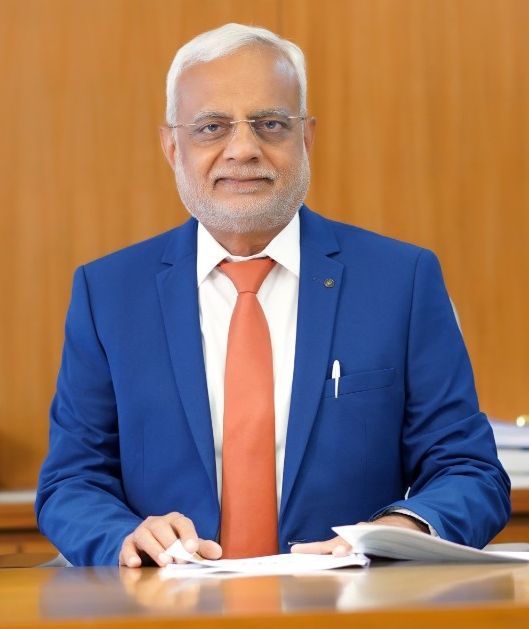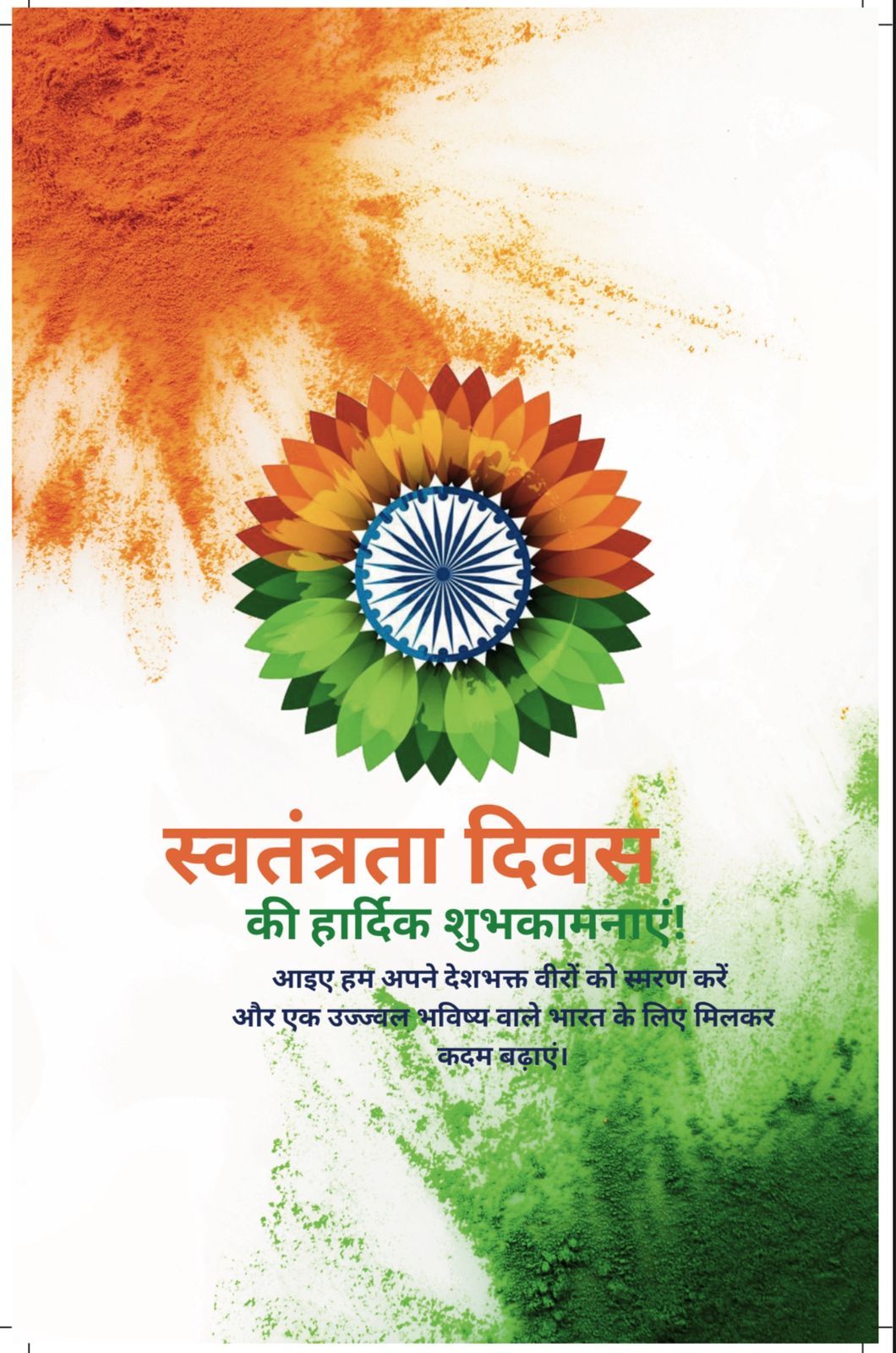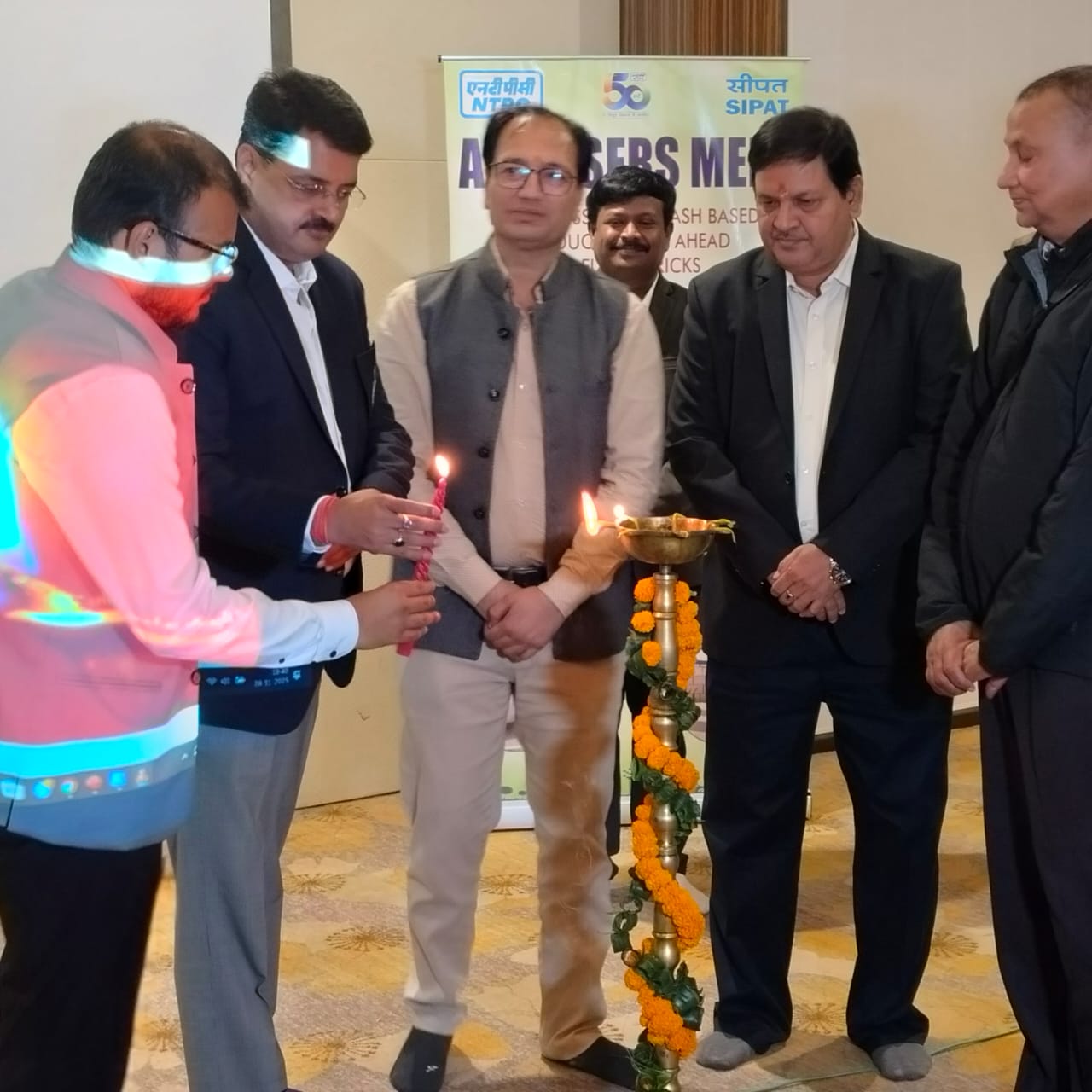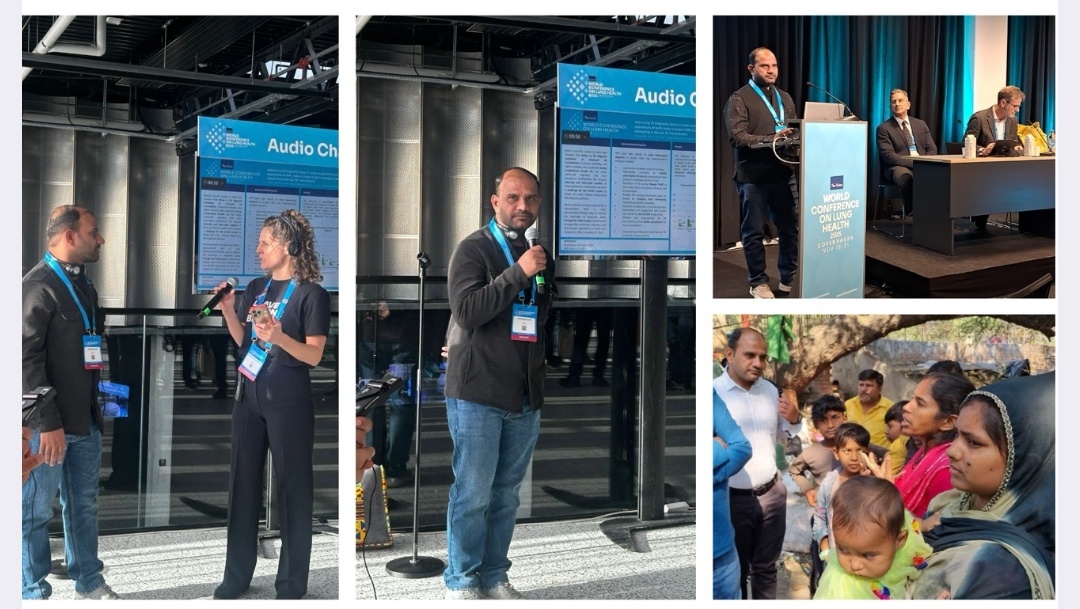By : Hasmukh Adhia
At the heart of Narendra Modi’s journey lies a particular habit: relentless observation. He treats every encounter, from a casual conversation to a foreign visit, as a source of ideas. But unlike many who treat these as novelties or academic ideas, Modi tests each idea against the root cause of a potential problem and then reshapes it into a solution suited to local needs. It is this blend of curiosity, analysis, and effective execution that has defined his rise from a grassroots organiser to a global statesman.
Indeed, for Modi, learning has never been bound by age. From childhood, he displayed a natural curiosity, absorbing and seeking out diverse stories and experiences. It is a belief that he has had throughout his life, that curiosity must fuel learning at every stage. Even as his responsibilities grew from regional leadership to national office, routine encounters germinated ideas in his mind, and small details turned into lessons that resurfaced years later, just when the right moment came to act.
In his teenage years, this yearning for knowledge took him on the road, first as a spiritual seeker, and later as a dedicated Sangh pracharak, traveling across India and collecting experiences that would shape his worldview. Every interaction for him became an opportunity to learn something new.
But what set him apart was that these insights did not remain theoretical; whenever an opportunity appeared, he turned them into action. That problem‑solving, however, often surfaced in unexpected ways. During the redevelopment of the Kashi Vishwanath temple, for instance, he noticed staff struggling barefoot on cold marble floors and quickly arranged for jute slippers for them, a simple fix that worked for both winter and the summer to come. In another incident, after a visit to Japan as Gujarat’s Chief Minister, he introduced the concept of tactile paving. He insisted it be implemented in Ahmedabad for the benefit of the visually impaired. These gestures revealed a consistent habit: converting details that are overlooked into practical improvements that made daily life easier.
Some of his ideas hark back decades. On a 1993 trip to Los Angeles, he studied clusters of financial high‑rises; years later, those notes inspired GIFT City in Gujarat as a hub to centralise India’s economic ambitions. The same curiosity shaped Ahmedabad’s Sabarmati Riverfront, where he had officers study the best practices worldwide but ensured that when it came to the final design, they stayed rooted in local needs. For him, global models mattered only if adapted to serve local communities first. In this method, an observation was never an isolated note to be admired but rather a resource bank he would return to when circumstances allowed, turning stored impressions into large‑scale projects.
In 2002, after the devastating Kutch earthquake, Modi extended this pattern to disaster recovery. Rejecting routine bureaucratic models, he directed his team to study Kobe’s earthquake recovery in Japan and connect with its planners. But he was clear: models were not to be imported wholesale. Instead, these insights were reshaped into solutions Gujarat urgently needed, such as earthquake‑resilient housing, safer construction practices, and community involvement. This became a benchmark for rehabilitation in India, showing how a crisis could become a testing ground for blending international knowledge with Indian initiative. As Prime Minister, he continued this discipline, visiting river‑cleaning projects in South Korea with the intent of applying their lessons to Namami Gange.
He has shown equal enthusiasm for ideas that emerge from within India. A striking example of this is nano urea, an innovation born from a suggestion to the PM by a young scientist. Modi immediately recognized its potential and pushed for its development. Today, one small bottle of it can replace a sack of conventional fertiliser, reducing costs and lightening farmers’ loads. The same openness shapes government programmes: when public feedback was sought for naming the financial inclusion scheme, it was citizens who coined the term “Jan Dhan.” By encouraging innovation from both scientists and ordinary people, Modi demonstrated how homegrown ideas can be elevated into national solutions.
Together, these stories reveal a consistent thread in Modi’s life. From fixing a seemingly minor discomfort at a temple, to designing a modern city, to rebuilding a devastated region or adopting a breakthrough fertiliser, his process has remained the same: observe the situation with care, identify what the people actually need, and act decisively to fulfil it. Following the Indian philosophy of “Āno bhadrāḥ kratavo yantu viśvataḥ” (let noble thoughts come from all directions), Modi actively seeks insights from every journey and interaction and steadfastly works to utilize them to drive India forward. Ultimately, every idea he pursues is for the people, rooted in their lives and their aspirations for a Viksit Bharat.
Turning ideas into action: The Modi way





